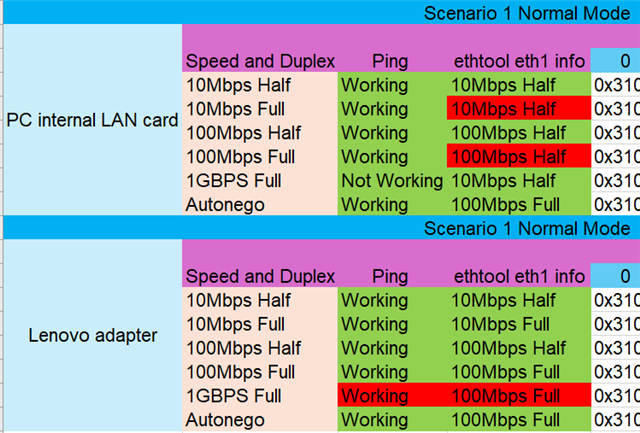Tool/software:
Hi,
I am currently working with the DP83822HF PHY interfaced with an AM437x processor, and I am encountering an issue related to the PHY's mode configuration during power-up.
Due to inconsistent voltage levels on the hardware bootstrap pins at startup, the PHY occasionally initializes in Mode 3, which causes it to enter fiber mode. This behavior is unintended, as our application requires operation in twisted pair mode.
I have attempted to switch the PHY to twisted pair mode via kernel driver by configuring the relevant registers. However, the PHY does not respond as expected—LED1 remains off, which aligns with fiber mode behavior—indicating that the mode change may not be fully successful.
Could anyone please confirm:
- Whether it is possible to reliably switch the DP83822HF from fiber mode to twisted pair mode via firmware or kernel driver after power-up?
- If there are any hardware limitations or constraints that prevent such a mode change post-initialization?
- Any recommended steps or register configurations to ensure the PHY operates in twisted pair mode regardless of the initial bootstrap state?
Your guidance on this matter would be greatly appreciated.
Regards,
Bhavya


